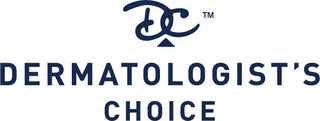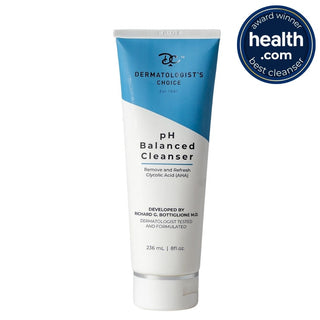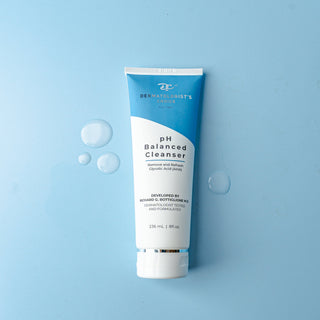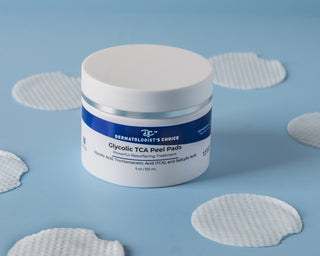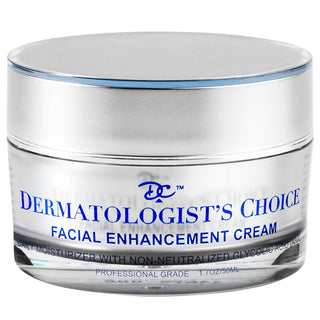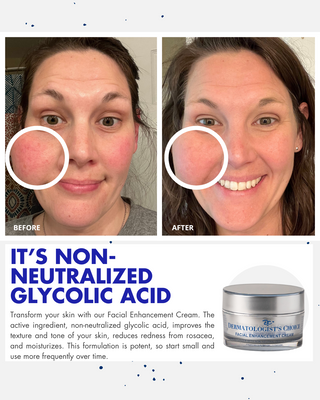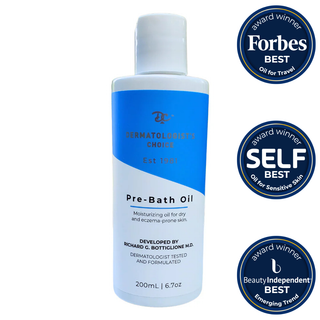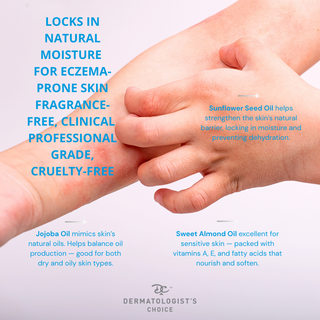Collagen is a vital protein that is essential for maintaining the health and appearance of our skin. It is the primary component of our skin's structure, providing it with strength, elasticity, and firmness. As we age, our skin's natural collagen production decreases, leading to wrinkles, fine lines, and sagging skin. However, there are ways to boost collagen production and repair the natural collagen in our skin.

One of the most effective ways to increase collagen production in the skin is through the use of glycolic acid. Glycolic acid is a type of alpha-hydroxy acid (AHA) that is derived from sugar cane. It works by exfoliating the top layer of dead skin cells, revealing the fresh, new skin underneath. This process stimulates collagen production, resulting in firmer, more youthful-looking skin.
Clinical studies have shown that topical application of glycolic acid can significantly increase collagen production in the skin. In a study published in the Journal of Cosmetic Dermatology, researchers found that the use of a 10% glycolic acid peel resulted in a significant increase in collagen production in the skin after just one month of use. Dr. B., founder of Dermatologist's Choice recommends the use of the Glycolic Peel Cleansing Pads. Another study, published in the Journal of the American Academy of Dermatology, found that the use of a glycolic acid peel resulted in a significant improvement in skin firmness and elasticity after just two weeks of use.
It is important to note that while glycolic acid can increase collagen production in the skin, it is not a collagen supplement. Collagen supplements are typically taken orally and are intended to provide the body with the necessary building blocks to produce collagen. They are not applied topically on the skin.
While oral collagen supplements may provide some benefits, they are not as effective as topical glycolic acid in increasing collagen production in the skin. This is because collagen molecules are too large to be absorbed through the skin, so they cannot provide the same benefits as a topical application.
To maximize the benefits of glycolic acid, it is important to use products that contain a high concentration of the acid, ideally between 10-20%. It is also important to use sun protection when using glycolic acid, as it can increase skin sensitivity to the sun.
In conclusion, collagen is essential for maintaining the health and appearance of our skin. As we age, our skin's natural collagen production decreases, leading to wrinkles, fine lines, and sagging skin. However, there are ways to boost collagen production and repair the natural collagen in our skin. Topical application of glycolic acid is one of the most effective ways to increase collagen production in the skin, as clinical studies have shown. While collagen supplements may provide some benefits, they are not as effective as topical glycolic acid in increasing collagen production in the skin. To maximize the benefits of glycolic acid, use products that contain a high concentration of the acid, ideally between 10-20% such as the Ultra Anti-Aging Cream from Dermatologist's Choice Skincare, and use sun protection when using glycolic acid.
References:
- Journal of Cosmetic Dermatology, "Collagen stimulation by glycolic acid via suppression of collagenase activity", (https://onlinelibrary.wiley.com/doi/abs/10.1111/j.1473-2165.2006.00267.x)
- Journal of the American Academy of Dermatology, "Efficacy of glycolic acid peels in the treatment of wrinkles", (https://www.jaad.org/article/S0190-9622(07)00401-1/fulltext)
